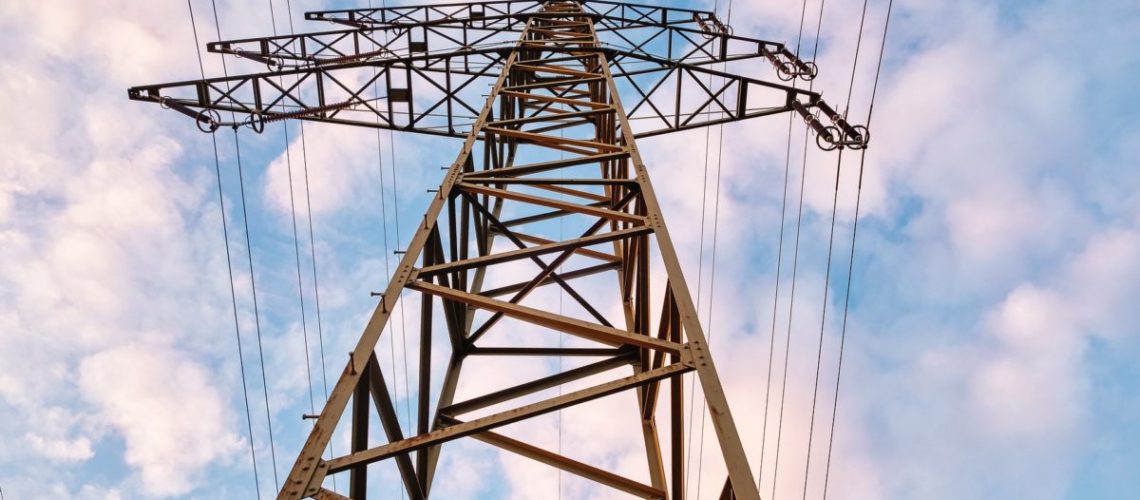ERCOT’s pilot project, designed in less than a year, will support grid reliability and is expected to be ongoing. Some other grid operators have already launched or announced similar programs.
Texas owners of distributed energy resources who enter an aggregation agreement may earn compensation for participating in grid operator ERCOT’s wholesale market, under a pilot project.
“In less than a year,” stakeholders came together to “create a workable pilot and pathway,” said Amy Heart, vice president of public policy at Sunrun. Heart envisions distributed systems that combine rooftop solar and batteries to be prime candidates for aggregation.
“Amazed at how quickly a group of private sector folks designed the bones of Texas’ first distributed energy resource (DER) export program,” said Arushi Frank, U.S. energy markets policy lead at Tesla and co-chair of ERCOT’s DER Task Force. In May, Tesla rallied owners of its home-scale batteries to demonstrate how they could help power the Texas grid. Both Heart and Frank made their comments on LinkedIn.
No utilities in Texas offer net metering for rooftop solar, according to nonprofit group Solar United Neighbors, although some Texas customers have options for a lower level of retail compensation for energy sent to the grid.
The pilot project, ERCOT says, will enable premises with any combination of generation, energy storage, or controllable load with the capability of 1 MW or less to participate in ERCOT’s wholesale markets.
The project will at first enroll up to 80 MW of aggregated resources. Each local aggregation must have the capability to provide at least 100 kW of response, through demand response capability and injection capability. These aggregations will be eligible to provide up to 40 MW of “non-spinning reserve service,” or capacity that can be started or interrupted within 30 minutes as needed.
ERCOT’s goals for the pilot project are to examine how aggregated DERs can support reliability, enhance the wholesale market, incentivize investment, potentially reduce transmission and distribution investments, and support better load management during emergencies.
Following the first one-year phase of the pilot project, ERCOT expects to design additional phases that could expand participation. ERCOT will also study, using data from the pilot project, how different dispatch and pricing schemes could improve its efforts in managing transmission congestion.
Texas has 1.5 GW of rooftop and other small-scale solar, while on a per-capita basis, small-scale solar in Texas trails most of the other ten sunniest U.S. states. Research has found that rooftop solar adoption rises sharply as the value of PV systems to building owners increases.
Progress across the U.S.
ERCOT follows New England’s ISO-NE in enabling aggregated DERs to participate in wholesale markets. Sunrun’s aggregated DERs injected 1.8 GWh of energy into New England’s grid last summer, during peak demand hours of 1-5 p.m.
New York grid operator NYISO plans to enable aggregated DERs to participate in its wholesale capacity markets by the end of this year.
A federal order requires grid operators to open their wholesale markets to full participation by aggregated DERs, yet across the grid regions the pace of compliance is mixed. The order does not apply to ERCOT as it is not federally regulated.
Under an aggregated DER program, the aggregator is compensated for its wholesale market participation, and in turn compensates the participating DER owners.



